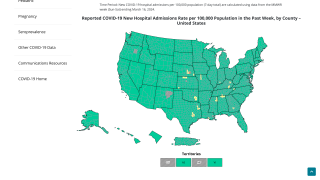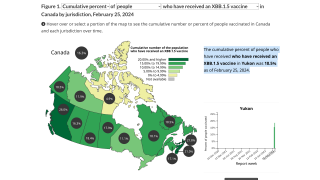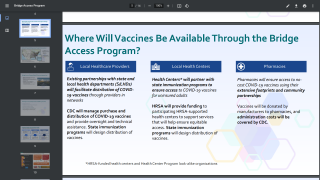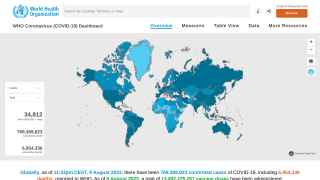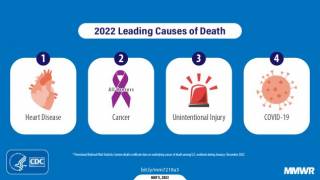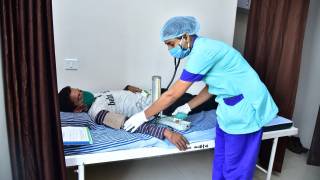COVID-19 Reinfection Cases Accelerated in August 2021

According to the US Centers for Disease Control and Prevention (CDC) latest weekly report, COVID-19 cases, hospitalizations, and deaths are once again declining in many parts of the country.
However, these positive trends may be masking a very concerning trend regarding COVID-19 infections in fully vaccinated people.
A population-based cohort study published on October 5, 2021, reported that the overall risk for COVID-19 breakthrough infection in vaccinated Substance Use Disorder (SUD) patients ranged from 6.8% for tobacco use disorder to 7.8% for cannabis use disorder.
While the vaccinated non-SUD population, breakthrough infection rate was significantly lower at 3.6%.
However, reviewing this study’s data by month, the breakthrough infection rate or ‘Breakthrough Cases’ accelerated during August 2021.
This study covered months when the Delta variant appeared in the US, including July and August 2021, when that SARS-CoV-2 betacoronavirus variant caused about 90% of new cases.
The trend analyses in this study showed that the rate of COVID-19 breakthrough infection, measured by cases/person-day, steadily increased in vaccinated SUD patients from January to June 2021 and then accelerated and reached 0.0025 cases/person-day in August 2021.
That data means rbreakthrough infections were 2.5 times faster than in June 2021.
A similar trend was observed for fully vaccinated non-SUD patients.
As the vaccination time could be any time between December 2020 and August 2021, the increasing rates of breakthrough infections with time may reflect a possible decline in vaccine-induced immunity for those vaccinated early, especially in older persons.
The rapid increase after June 2021 may be due to the emergence of the Delta and other variants and the relaxation of prevention measures.
The rate of severe COVID outcomes in vaccinated individuals with breakthrough infections is known to be much lower than in infected unvaccinated individuals.
However, the outcome analyses in this study showed that hospitalization and death risks were significantly different between vaccinated SUD patients with breakthroughs and those without breakthroughs after matching for demographics, adverse socioeconomic determinants of health, comorbid medical conditions, and vaccine types.
The risk for hospitalization in vaccinated SUD patients with breakthrough infection was 22.5%, compared to 1.6% in matched SUD patients without breakthrough infection.
The risk for death in vaccinated SUD patients with breakthrough infection was 1.7%, compared to 0.5% in matched SUD cohort without breakthrough infection.
This was also the case for the fully vaccinated non-SUD population.
The researchers could not determine whether the hospitalizations and deaths in the breakthrough cases were due to COVID-19 or were associated with other medical conditions, but the large and significant differences between breakthrough and matched non-breakthrough cases indicate that COVID-19 infection contributed.
When matching for adverse socioeconomic determinants of health and comorbid medical conditions removed the differences in breakthrough infection between SUD and non-SUD populations, suggesting that the increased risk in SUD patients was driven by their high prevalence of a diverse set of comorbidities.
Patients with cannabis use disorder, who were younger and had fewer comorbidities than the other SUD subtypes, had a higher risk for breakthrough infection even after being matched for adverse socioeconomic determinants of health and comorbid medical conditions with non-SUD patients.
This finding may indicate that additional variables, such as behavioral factors or adverse effects of cannabis on pulmonary and immune function, could contribute to this group’s higher risk for breakthrough infection.
Furthermore, this study observed a higher risk for breakthrough infection in patients who received the Pfizer-BioNTech (Comirnaty) than in those receiving the Moderna (SpikeVax) vaccine in the whole population of 579,372 vaccinated patients, with HR=1.49 for the SUD population, and HR=1.45 for the non-SUD population.
Future studies are warranted to understand further how much breakthrough infections are contributed by waning vaccine efficacy or by the Delta variant, separately and combined. The accelerated increase in incidence rate after June 2021 highlights the importance of follow-up studies to continuously monitor incidence rates of breakthrough infections.
This study had several limitations. For example, the TriNetX database represents people who had medical encounters with health care systems and does not necessarily represent the entire US population.
In summary, this study found the overall risk of COVID-19 infection among vaccinated SUD patients was low, highlighting the effectiveness and the need for complete vaccination in this population.
This study was supported by the US National Institute on Drug Abuse, the US National Institute of Aging, and the Clinical and Translational Science Collaborative of Cleveland. No researcher disclosed industry conflicts of interest.
PrecisionVaccinations publishes fact-checked research-based vaccine news.
Our Trust Standards: Medical Advisory Committee



